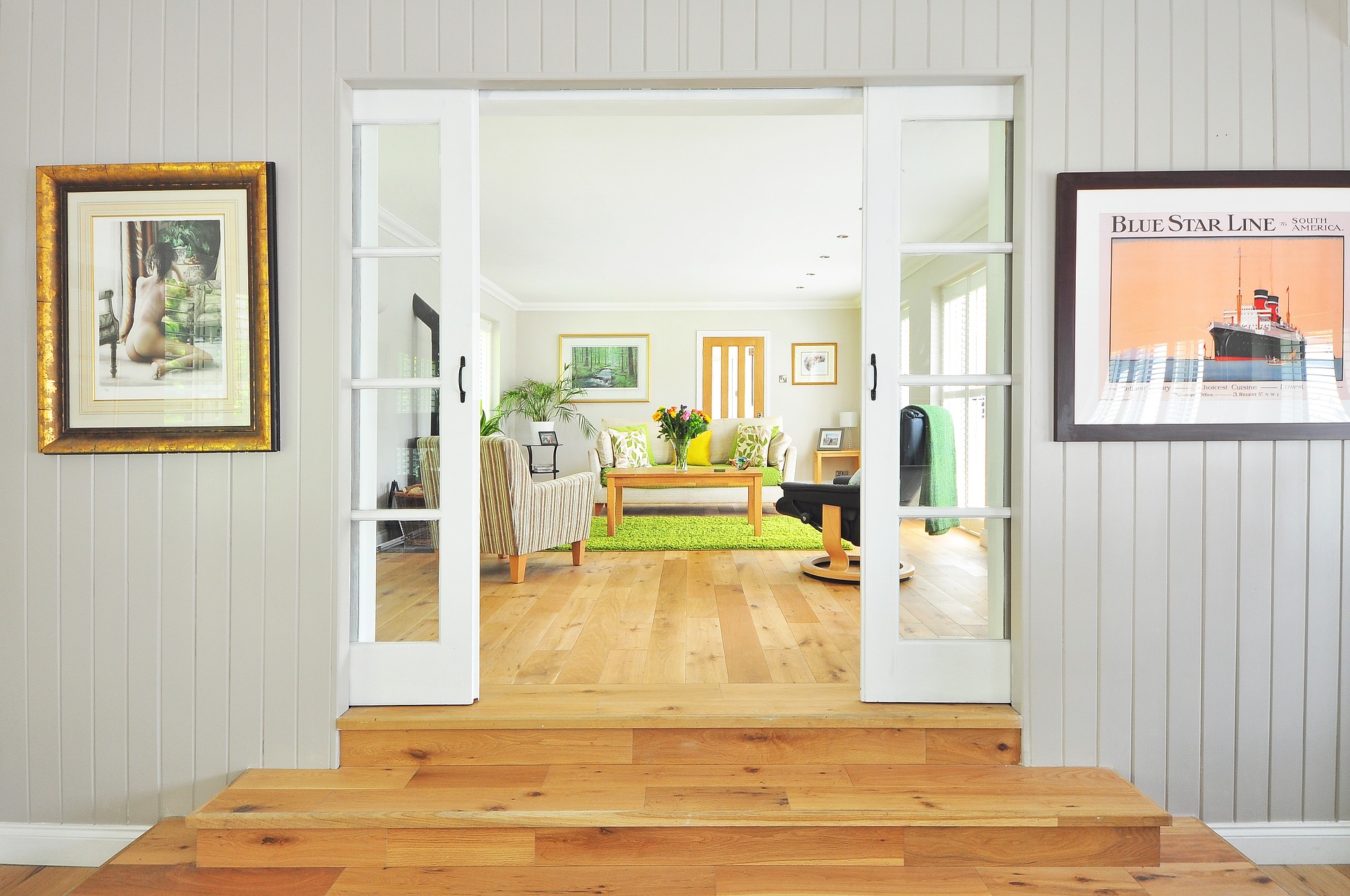Acoustic Textiles: The Silent Revolution in Home Design
Imagine walking into a room where the very fabric of your surroundings absorbs unwanted noise, creating a serene oasis in the midst of urban chaos. This isn't a scene from a futuristic movie – it's the reality of acoustic textiles, a cutting-edge trend that's reshaping the way we think about interior design and soundscapes in our homes.
The concept of using textiles for acoustic purposes isn’t entirely new – ancient civilizations used tapestries to improve the acoustics of large halls. However, the modern iteration of acoustic textiles takes this idea to new heights, incorporating advanced materials and manufacturing techniques to create fabrics that are not only highly effective at sound absorption but also visually striking and versatile in application.
Weaving Science into Design
At the heart of acoustic textiles lies a complex interplay of physics and material science. These fabrics are typically made from fibers that are specially designed to trap sound waves. The structure of the fabric – its thickness, density, and even the pattern of its weave – all play crucial roles in its sound-absorbing capabilities.
Many acoustic textiles utilize polyester fibers that have been modified to include microscopic pores. These pores act like tiny sound traps, capturing sound waves and converting them into minute amounts of heat energy. Other materials, such as wool, have natural sound-absorbing properties that are enhanced through specific weaving techniques.
The effectiveness of acoustic textiles is measured using a Noise Reduction Coefficient (NRC), which ranges from 0 (perfect reflection) to 1 (perfect absorption). High-quality acoustic textiles can achieve NRC ratings of 0.9 or higher, making them remarkably effective at reducing ambient noise.
Beyond Silence: The Aesthetic Appeal
One of the most compelling aspects of acoustic textiles is their ability to enhance the visual appeal of a space while improving its acoustic properties. Designers are now working with a palette of textures, colors, and patterns that were previously unimaginable in sound-absorbing materials.
From sleek, monochromatic panels that blend seamlessly into minimalist interiors to bold, three-dimensional textiles that serve as statement pieces, the range of aesthetic options is vast. Some designers are even incorporating light-reflective threads or LED elements into acoustic fabrics, creating dynamic surfaces that respond to sound or movement.
This versatility allows homeowners to address acoustic issues without compromising their design vision. A living room can be transformed with a statement wall of richly textured acoustic fabric, while a home office might benefit from subtle, sound-absorbing curtains that double as light filters.
Applications Across the Home
The applications for acoustic textiles in home design are virtually limitless. In open-plan living spaces, where hard surfaces and large volumes can create echo chambers, acoustic panels or hanging dividers made from these fabrics can delineate spaces while managing sound reflections.
Bedrooms benefit from the sound-dampening properties of acoustic headboards or wall coverings, creating cocoons of tranquility. Home theaters and music rooms can achieve professional-grade acoustics with strategically placed acoustic textiles that enhance audio quality without the need for bulky foam panels.
Even in kitchens and bathrooms, traditionally challenging spaces for acoustics due to their hard surfaces, acoustic textiles are making inroads. Water-resistant versions can be used as decorative panels or even as part of cabinetry to soften the acoustic environment.
The Sustainable Whisper
As the home design industry moves towards more sustainable practices, acoustic textiles are keeping pace. Many manufacturers are now producing these fabrics using recycled materials, such as plastic bottles or reclaimed textile waste. This not only reduces the environmental impact of production but also contributes to the circular economy.
Furthermore, the longevity and multifunctionality of acoustic textiles mean they can reduce the need for frequent redecorating or acoustic retrofitting, potentially lowering the overall environmental footprint of home design over time.
Customization and DIY Potential
One of the most exciting developments in the world of acoustic textiles is the growing availability of customizable options. Homeowners and designers can now work with manufacturers to create bespoke acoustic solutions that perfectly match their vision and needs.
For the DIY enthusiast, there’s also a burgeoning market of acoustic textile products that can be easily installed without professional help. From peel-and-stick tiles to modular panel systems, these products are making acoustic design accessible to a wider audience.
The Future Sounds Good
As we look to the future, the potential for acoustic textiles in home design seems boundless. Research into smart fabrics that can actively respond to changing sound environments is already underway. Imagine curtains that automatically adjust their acoustic properties based on the time of day or the activities in a room.
The integration of acoustic textiles with other smart home technologies also presents exciting possibilities. Fabrics that work in concert with voice assistants or sound systems to optimize the acoustic environment for different activities – from entertaining to working from home – could become the norm.
In conclusion, acoustic textiles represent a quiet revolution in home design. They offer a sophisticated solution to the age-old problem of noise control while opening up new avenues for creative expression in interior spaces. As this technology continues to evolve, it promises to transform our homes into true havens of peace and style, where the very fabric of our surroundings works in harmony with our desire for beautiful, functional, and tranquil living spaces.







